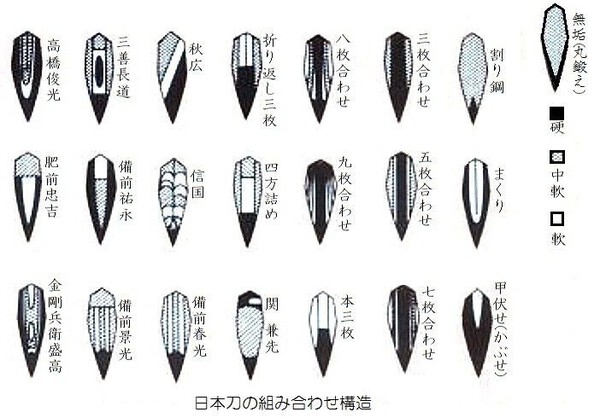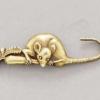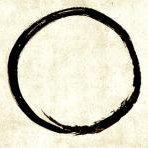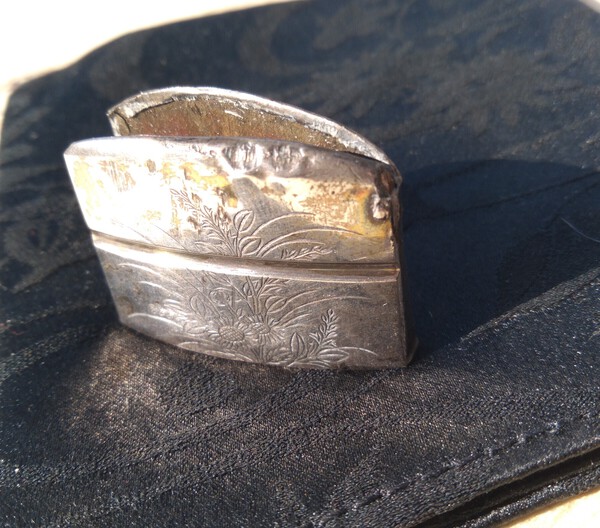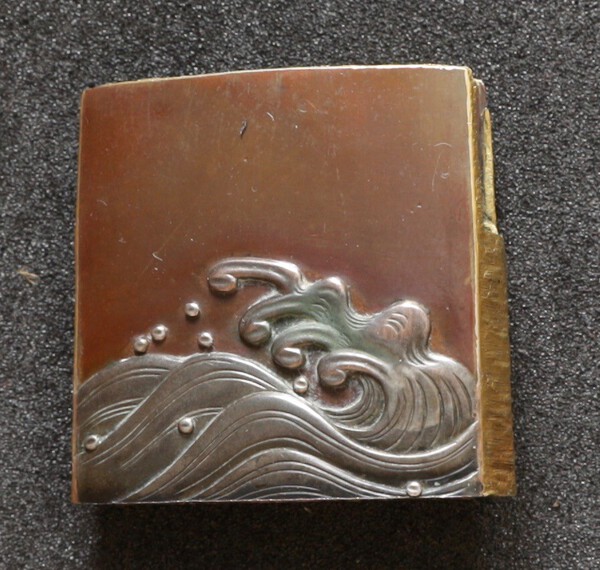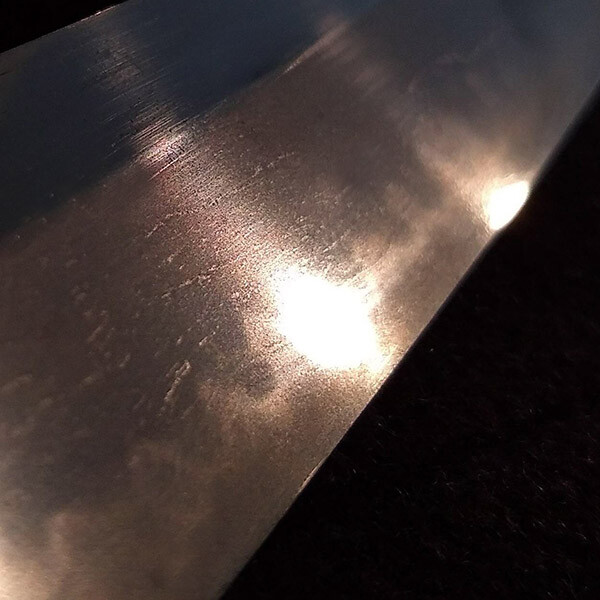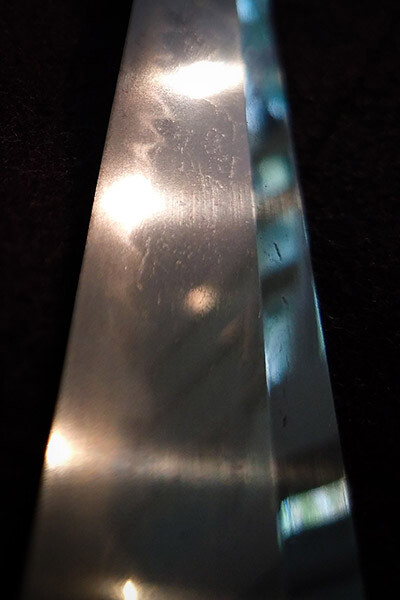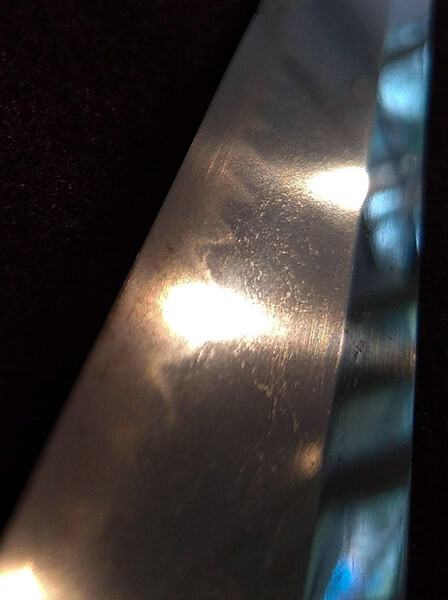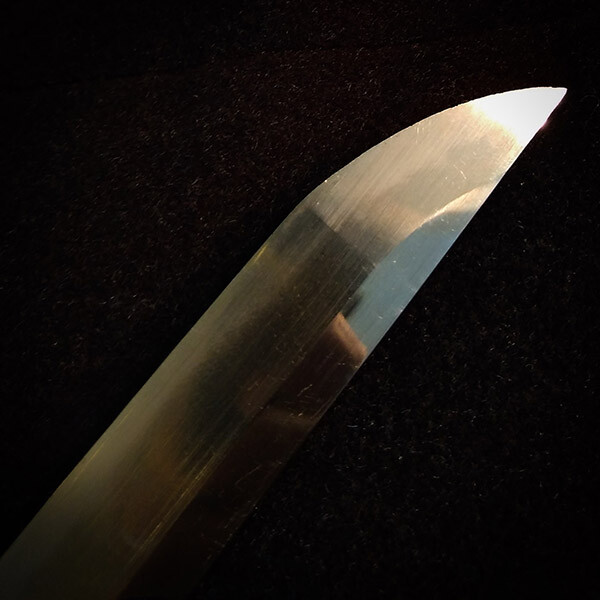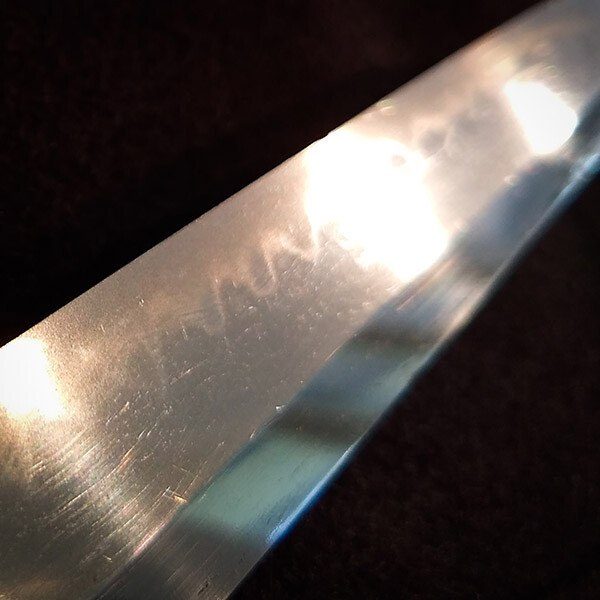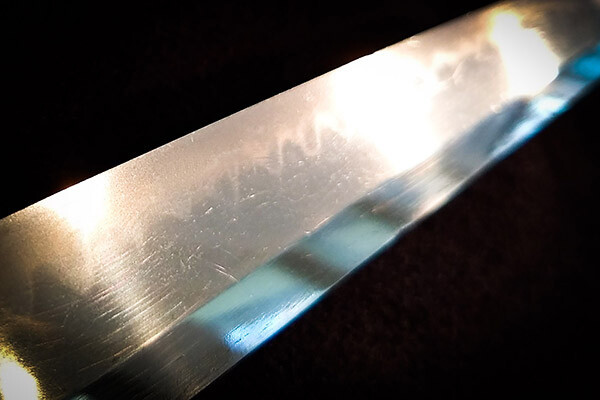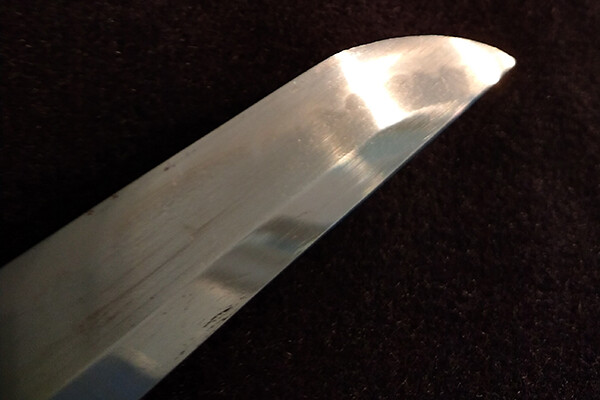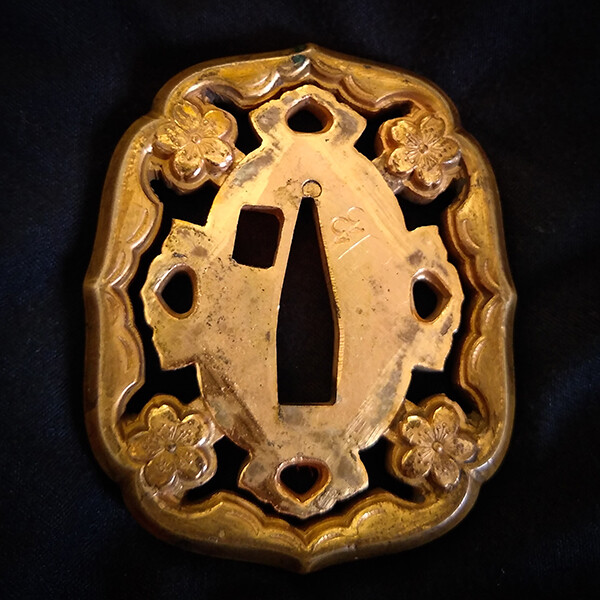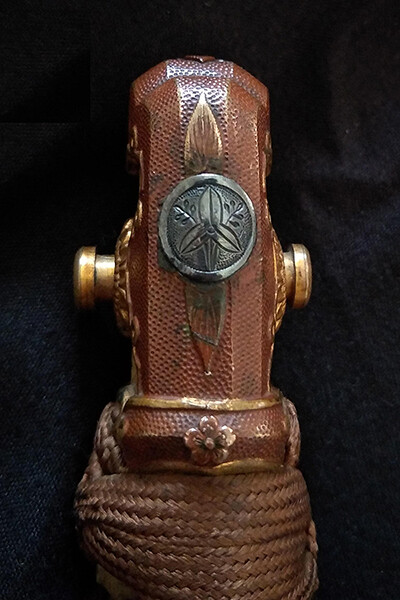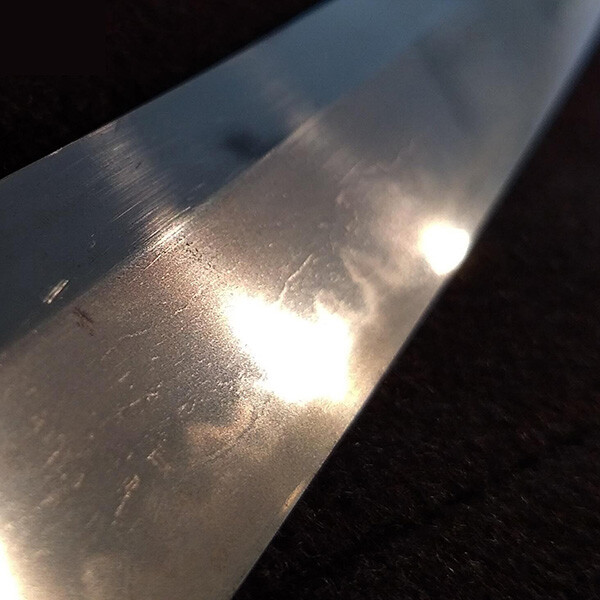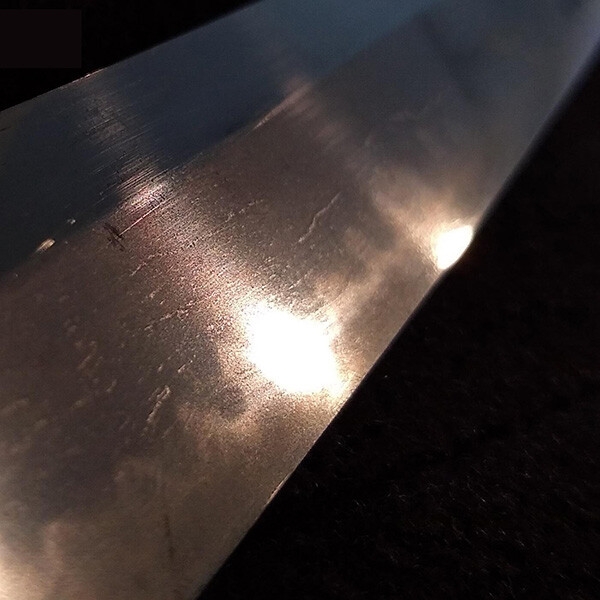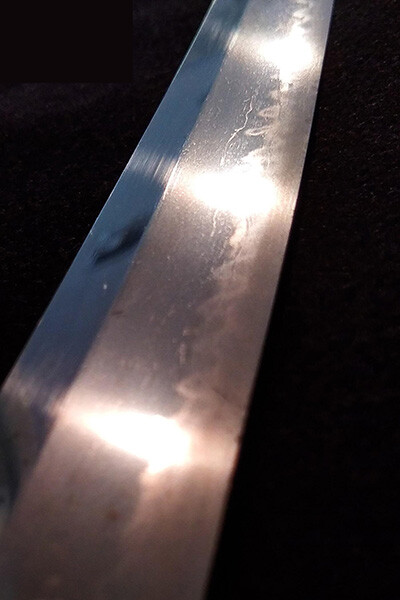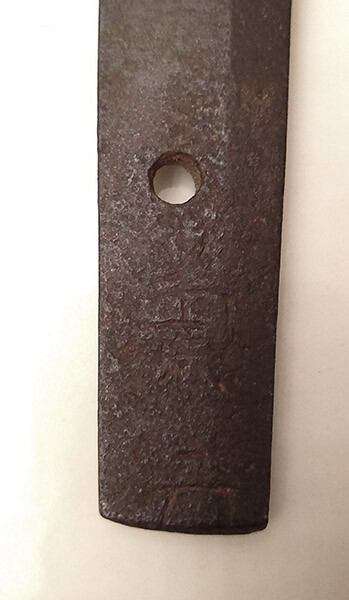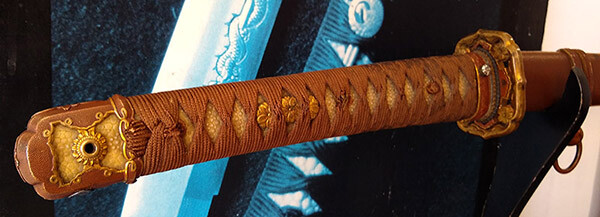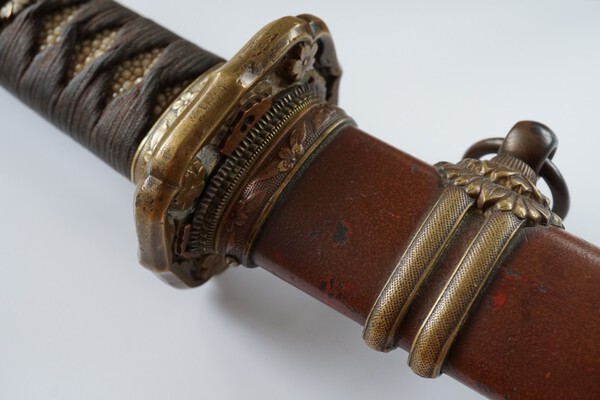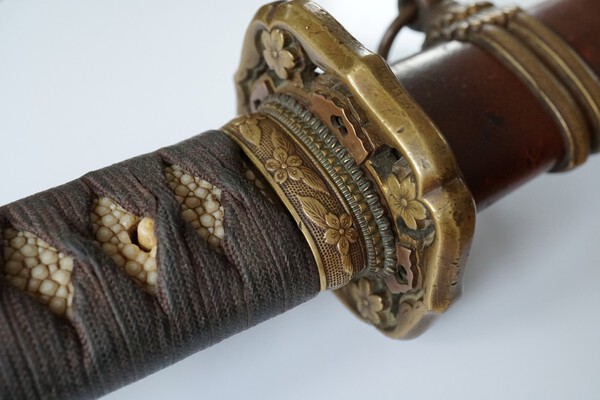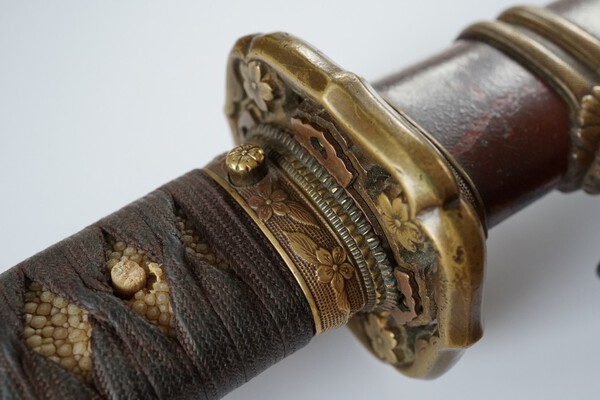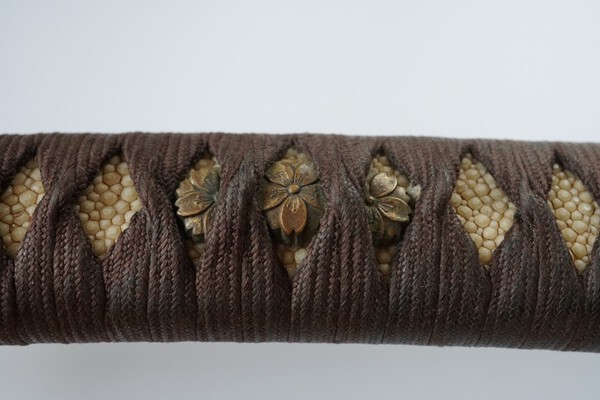Leaderboard
Popular Content
Showing content with the highest reputation on 04/04/2021 in all areas
-
5 points
-
Here is quick translation of the picture. I should have have all the smiths correctly but there might be some errors on the romanization of lamination styles. 高橋俊光 - Takahashi Toshimitsu / 三善長道 - Miyoshi Nagamichi / 秋広 - Akihiro / 折り返し三枚 – Orikaeshi Sanmai / 八枚合わせ - Hachimai Awase / 三枚合わせ – Sanmai Awase / 割り鋼 – Wari ? (I believe this is Wariha tetsu) / 無垢 (丸鍛之) – Muku (Maru kitae) 肥前忠吉 – Hizen Tadayoshi / 備前祐永 – Bizen Sukenaga / 信国 – Nobukuni / 四方詰め – Shihozume / 九枚合わせ – Kyūmai Awase / 五枚合わせ – Gomai Awase / まくり – Makuri 金剛兵衛盛高 – Kongōbyoe Moritaka / 備前景光 – Bizen Kagemitsu / 備前春光 – Bizen Harumitsu / 関兼先 – Seki Kanesaki / 本三枚 – Honsanmai / 七枚合わせ – Nanamai Awase / 甲伏せ (かぶせ) - Kōbuse3 points
-
2 points
-
As important as the mei is, it's just one of many things that must be considered when determining if the blade was made by the signature alleged to be that of the maker. Since you now have examples of three verified signatures, you should also compare the shape of the end of the nakago or tang, the slant or angle of the file marks on the tang, the location of the signature with respect to the peg hole and whether the general shape of the tang of the genuine and your tang match. Ultimately, the workmanship of the blade should be similar to what that particular sword smith's characteristics are. Things like the hamon or his forging style, masame, itame, mokume, etc. In general, an examination of the characteristics of the blade should verify the authenticity of the signature, not the other way around. In my very early days collecting Japanese sword, I acquired an excellent blade by a rather famous maker. The signature on the tang matched perfectly with examples of verified signatures in the literature. I submitted the sword to shinsa where it was judged gimei or false. I asked why it was gimei since the signature was a perfect match for a genuine signature. The shinsa team pointed out that the shape of the end of the tang did not match that of the genuine smith's style. The lesson learned was that there are excellent forgers out there who can make excellent copies of signatures. Don't depend only on the signature on your sword, everything else must match the work style of the supposed sword smith. When you are satisfied that you have considered everything else besides the signature and you think it's correct, then it's time to submit the blade to shinsa to verify your own study and conclusions. I hope this helps you to appreciate the complexity of sword collecting. Enjoy the "ride", it's often a very long one and you will learn a lot along the way.2 points
-
2 points
-
there are many schools included in "Ichimonji school". A fukuoka Ichimonji hamon might have wild O-chogi, but other Ichimonji groups did not. so maybe there is something lost in the translation/description. An Ichimonji blade can have a temper like Jacques showed in the shin-shinto taikan but if someone is just thinking Fukuoka then that temper is not typical as they are usually more wild. Then there is always Ko-Ichimonji. So my opinion is Naotane made swords with Ichimonji type temper, but not in the style of the wildest of the Fukuoke type. Also the terms O-chogi, chogi-midare, can at times be a matter of someones opinion and how they use the terms.2 points
-
2 points
-
No. 21 - A Washida school tsuba in Sentoku , details in silver , copper and gold. 6.96cm x 6.30cm x 0.41cm . Rounded square plate carved and inlaid with a bird - cuckoo ? on an old plum tree in spring . The reverse with a frog next to a stream. Signed - Yuzenkyo Mitsuchika + Kao A Tsuba for the Spring - again much better in the hand , catch the light and it Glows - very difficult to capture in a photograph. Fine detailing and craftmanship throughout. Signature published in Wakayama , Toso Kodogu Meiji Taikei , Vol.3 , p.34 ( Tokyo , 1979 ) Signature published in K.Kokubo , Shinsen Kinko Meikan , p.388 ( Tokyo , 1993 ) NBTHK papered Also in Vol .6 p. 174 Wakayama , Tosogu Kodogu Meiji Taikei ( 1978 ) - possibly an earlier edition to the above ? If anyone could oblige with pictures of the entries detailed above , I would be most grateful.2 points
-
Thank you John No it is colonel and I must admit its reproduction as well, have to live with it until the better times. The rest is all restored original. Next time will do better pictures2 points
-
2 points
-
While searching for information of traditional blade manufacturing methods I came across this diagram. There are some interesting blade sections shown, but the captions stump me. I would be grateful if someone here could help. Are these the names of the smiths known to use these, or are they descriptive of the steels used. Picture is original size as downloaded, I looked at enlarging it but the definition broke up a little.1 point
-
1 point
-
1 point
-
I would think like Kirill above that most likely it would be some unknown Muromachi period Yoshikuni, or gimei signature that was added a long time ago. As you are in Georgia (I assume in the US Georgia?), you have NTHK shinsa at some US shows. So you might want to wait for a chance to put it through NTHK shinsa in the US. Unfortunately economically I would not see sending this to Japan for shinsa as cost efficient option. Then again should we always do everything from monetary view? Personally I would run this through NTHK just for fun too to get their opinion, and also if you have local sword clubs, organizations etc. I would also ask opinions from their members. For reference here is how Yoshikuni looks in Onizuka Yoshikuni signatures. Unfortunately I don't have reference examples of the lesser known late Muromachi Yoshikuni smiths.1 point
-
1 point
-
Thank you very much for your help. By Uda do you mean this blade might have been made by the Uda school? Markus did write about how two Uda school smiths from the late Muromachi (Bunmei and Tenbun) signed their works with Yoshikuni. That would fit in with the period of manufacture you estimated. Also, I’m not sure if I should be worried that my attempts at attribution are never right. I mistakenly thought this was an early shinto blade from Chikugo. Now that I think about it, the nakago seems much more worn and mineralized than other shinto examples I have so that should have been a clue. It seems that I can buy a ton of books, but at the end of the day I probably should try to attend more shows and get more experience at looking.1 point
-
The Japanese army arsenals used the iroha (いろは) poem ordering system and not the gojūon system for subassembly numbers. They would start with イ1 and go up to イ999. After that, they would start with ロ1 and then go up to ロ999. After using up all the katakana characters in the iroha poem, they would then switch over to hiragana characters and start all over again. This back and forth between katakana and hiragana would continue until production ended. In the 1930s, the army started using the last three digits of the serial number as the subassembly number. Alas, officer swords were not serialized, hence the continued use of the iroha subassembly numbers. This practice should not be confused with the iroha serial number prefixes as used by the army and Mantetsu, commonly called series marks in the States. So one must carefully examine the object in question to determine if it is a serial number prefix or a subassembly number prefix.1 point
-
1 point
-
AOI 4/4/21. This is the stuff to forge! https://www.aoijapan.com/menukimumei-yu-jyo53th-juyo-tosogu/1 point
-
1 point
-
1 point
-
Hi Bruce and all, We know from 'in-hand' inspections that the higher quality Rinji mounts begin to appear on gendaito from c. 1941, definitely by early 1942 and (as I have seen) from 1942 RJT blades also begin to appear in them. That 'alternative sword development' announcement of 1938 and the ''optional alternative sword to be commenced' announcement by Tojo on 17/5/1940 and the photos of it being published in Tokyo newspapers on 17/1/1941with the statement that 'annual production of 3000 was beginning' seems to indicate a government program. Maybe, while private or arsenal workshops began mounting gendaito/RJT blades in Rinji mounts, the government scheme got delayed somehow....that is why it will be interesting to see what the earliest showato/steel scabbard Rinji date will be. I mean, the 'start of government? production of 3000/year (at Seki?) was announced in the papers on 17 Jan 1941....that is a long delay to 1943. What happened? or are we just short of knowledge on this topic? Interesting...1 point
-
1 point
-
I've been warned and scolded for asking about use of chemical rust removers as they are too abrasive and can devalue and ruin the blades. I'll pick up some alcohol and oil today and see where that gets me at least.1 point
-
Sheesh i just want to start by thanking you guys for all the help. I try to do my homework and learn as fast as possible in the mean time I look for guidance here and there. And I do apologize if yall will see alot of my stupid questions but please bear with a green horn!1 point
-
Johan, Shinano no Kami Fujiwara Rai Nobuyoshi is a "big name", so we really do need to see good photos of the full tang both sides. On the blade photo above, to me, I opine that this blade is not a genuine work of Rai Nobuyoshi. Best regards, BaZZa aka Barry Thomas.1 point
-
1 point
-
Very nice gunto which appeared at a local gun show this past weekend. Togari-gonome hamon, signed Kanemoto (suriage). The hand-carved kamon is interesting to me (compared with what is typically pre-made kamon that are soldered to the kabutogane). This may be a typical thing for less common kamon, but I do not recall having seen before. Hamon is very similar to a friend's Magoroku, a more naturalistic togari-gonome with much sunagashi in the tani of each gonome. The mei does not follow the typical style for the early Kanemoto, however there was another Mino smith who used this format of MOTO around late Muromachi / Keicho.1 point
-
1 point

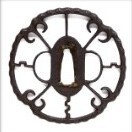

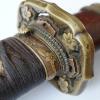
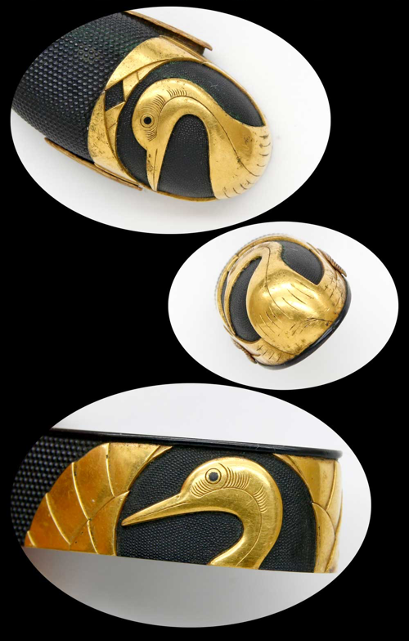
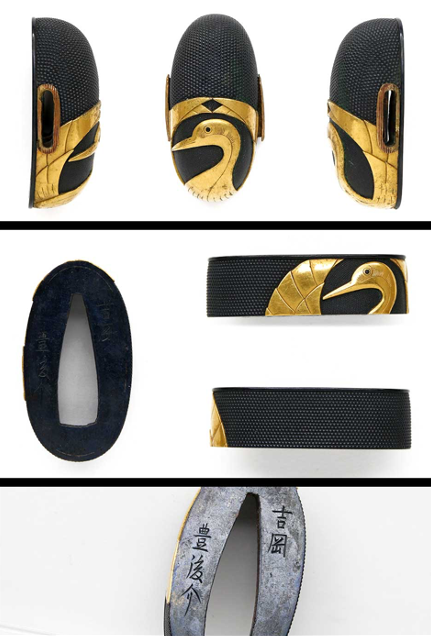

.thumb.jpg.3ecf61759e42bd5be0d6c40ca789501f.jpg)
.thumb.jpg.9e38cf19394d7e1d7dec9b906cd3985c.jpg)
.thumb.jpg.da084fc5b0a31d829322820be8bfaf18.jpg)
.thumb.jpg.6e2f3f271d5e8e5585565deffec41322.jpg)
.thumb.jpg.af9810638aaf68a06ad77d81835a750f.jpg)
.thumb.jpg.1905cbcc6d145bd0e638f0decc2f231a.jpg)
.thumb.jpg.77e3bfc78ed8754cd80d6b90fd4b3b2a.jpg)





